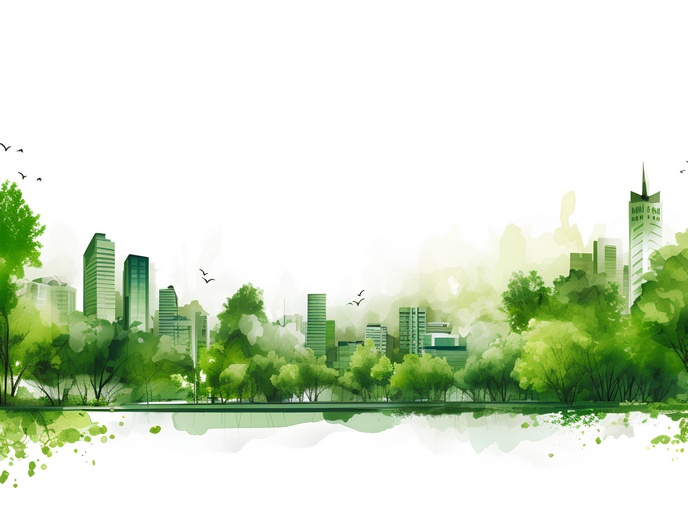The artistic touch to sustainable urban transformation
A noisy, congested avenue in Amsterdam called the Stadhouderskade is being converted into a green, sustainable haven for people and nature. Set in motion by a consortium called the Green Mile Foundation, this transformation is being aided by university students whose artistic, social and technical advice is turning the 2-km-long thoroughfare into a safe, inclusive and vibrant community. The collaboration between students and the Green Mile Foundation is taking place under the EU-funded CRAFT project and is exploring the idea of a sustainable public space inspired by New European Bauhaus (NEB) principles. The emphasis is on the power that art and education have to connect people and offer new perspectives to known problems. “Arts and culture can challenge people to get out of their usual way of thinking,” observes Prof. Annemie Wyckmans of CRAFT project coordinator Norwegian University of Science and Technology in an article featured in ‘Horizon – The EU Research & Innovation Magazine’. The Stadhouderskade is being transformed into a haven through activities such as communal clean-ups and the installation of a birdhouse-like ‘insect hotel’ in a park to provide shelter for insects such as ladybirds, butterflies and solitary bees. “By 2030, we want to transform the Stadhouderskade into a green, sustainable, safe and vibrant thoroughfare for all life forms,” explains Rob Andeweg of CRAFT project partner Amsterdam University of Applied Sciences. “And we want to do this by fostering a sense of ownership among local residents and users of the area and by allowing the unheard voices of nature and animals to be heard.”
Three main testing grounds
Amsterdam is one of CRAFT’s three leading cities in a community of more than 70 cities that are testing and implementing collaborative governance models inspired by the NEB approach to city transformation. The other two leading cities are Bologna in northern Italy and Prague, the capital of Czechia. In Bologna, the sheds and open areas of an old 40 000-m2 railyard are being renovated to host arts, sports and other social activities. But far from being just a multifunctional venue for such activities, it is also a space where associations, businesses and citizens can collaborate and share ideas on new and innovative approaches to sustainable city development. In Prague, art installations are being placed in public spaces as a way to collect feedback from citizens. Such small-scale or temporary interventions are a great way to determine the potential of systemic urban transformations: citizens get to directly experience how proposed changes affect their daily life, while city representatives have the opportunity to assess the likely impact of full-scale or long-term interventions. Under CRAFT (Creating Actionable Futures), all three cities are enabling citizens, policymakers, arts and academia to work together to shape the transition to climate neutrality. “We are emphasising the role of art and education in igniting this change,” states Prof. Wyckmans. “We believe that art can connect people, offer new perspectives and enrich the dialogue between the different stakeholders.” For more information, please see: CRAFT project website
Keywords
CRAFT, green, sustainable, city, urban, art, culture, nature, New European Bauhaus, NEB



